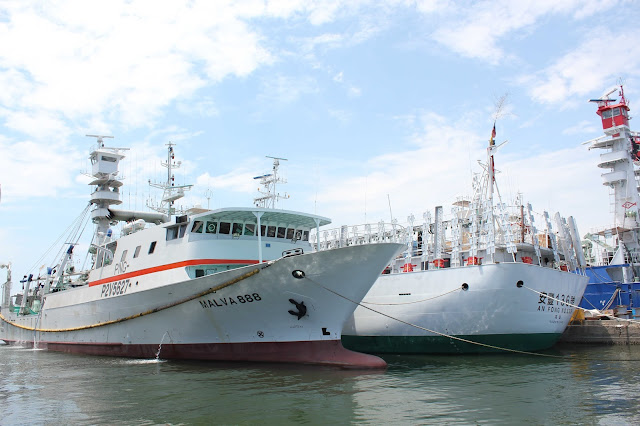Tereos Syral
is the cereal division of Tereos, an agro-industrial cooperative
specialising in the primary processing of sugar beet, sugar cane and
cereal grains.
Tereos Syral processes maize, wheat, potato and cassava to manufacture a wide range of value added products (native and modified starches, glucose syrups, dextrose, maltodextrines, polyols and alcohols) in compliance with the current and future requirements of the food, pharmaceutical, green chemistry, animal nutrition, paper and corrugated board industries.
Tereos Syral has an annual turnover of €1.8 billion and processes 3.8 Mt of cereals in 12 plants. The company operates plants and sales offices in France, the United Kingdom, Belgium, Spain, Italy, Brazil and China, and employs a staff of 1900 people around the world.
Tereos Syral offers a reliable and consistent supply to the market, through the backing of its secure shareholding with the international sugar group Tereos and its grain stockholder partners.
Visit the company site HERE.
Tereos Syral processes maize, wheat, potato and cassava to manufacture a wide range of value added products (native and modified starches, glucose syrups, dextrose, maltodextrines, polyols and alcohols) in compliance with the current and future requirements of the food, pharmaceutical, green chemistry, animal nutrition, paper and corrugated board industries.
Tereos Syral has an annual turnover of €1.8 billion and processes 3.8 Mt of cereals in 12 plants. The company operates plants and sales offices in France, the United Kingdom, Belgium, Spain, Italy, Brazil and China, and employs a staff of 1900 people around the world.
Tereos Syral offers a reliable and consistent supply to the market, through the backing of its secure shareholding with the international sugar group Tereos and its grain stockholder partners.
Visit the company site HERE.
The Aquaculturists
This blog is maintained by The Aquaculturists staff and is supported by the
magazine International Aquafeed which is published by Perendale Publishers Ltd
For additional daily news from aquaculture around the world: aquaculture-news























